Editor’s Note: Juan Du is an associate professor at Hong Kong University’s Department of Architecture. This story was originally published in 2017.
This year of 2017 marks the 100th birthday of the renowned Chinese-American architect I.M. Pei.
From museums to business headquarters, Pei has designed many notable buildings around the world throughout his long professional career. However, according to the organizers of the recent “Rethinking Pei: A Centenary Symposium” held at Hong Kong University (HKU) Department of Architecture, and jointly organized by HKU, M+ and Harvard University Graduate School of Design, Pei remains one of the most celebrated yet under-theorized architects of the 20th and early 21st centuries.
The Hong Kong Bank of China Tower is one of his most famous works in Asia. As the bank itself also celebrates its centenary this year, it’s worth examining the building’s historical and architectural background to gain a deeper understanding of the architect who changed Hong Kong’s skyline forever.
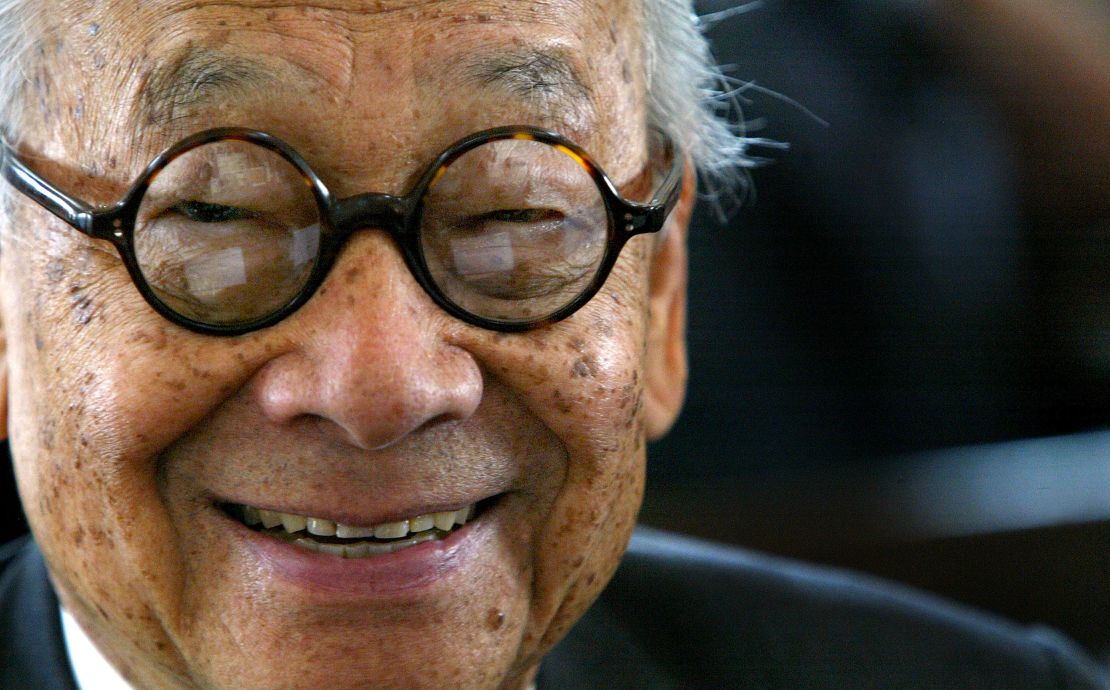
The Bank of China Tower
The Bank of China Tower was completed in 1989, a year the “New York Times” called “the year of I.M. Pei … the high priest of modernism.” For it was in this same year that Pei also completed the glass pyramid of the Louvre Museum in Paris, the Meyerson Symphony Center in Dallas, the Creative Artist Agency Headquarters in Los Angeles, the Choate Science Center in Connecticut, and the Mt. Sinai Medical Center in New York.
Celebrating the life and work of I.M. Pei
“To many people I.M. Pei has become the pre-eminent designer of modernist monuments of our time,” the newspaper wrote.
Pei was commissioned in 1982 by the Beijing-based Bank of China to design its headquarters in Hong Kong, but construction did not start until 1985.
There were many reasons for the delay. One of the biggest was the immense challenges posed by the location. On the surface, located in the political and financial nexus of the city’s Central district, the land parcel of 1 Garden Road seemed to be greatly coveted. However, this had also been the address of Murray House, the Victorian building constructed in 1844 by the British Royal Navy as officers’ quarters. It had been dismantled in 1982, due to the terrible legacy of its use as a prison and execution facility during the Japanese occupation of Hong Kong between 1941 and 1945.
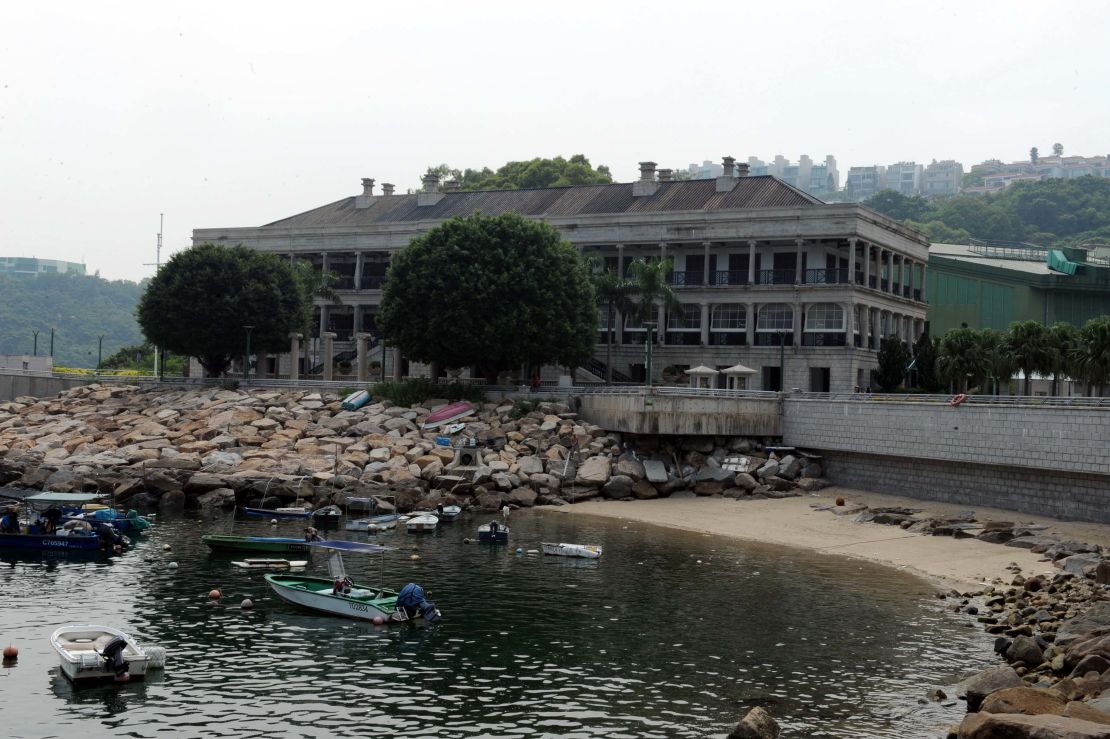
For I.M. Pei, the challenge of the site was not its past, but its present: the relatively small land parcel was surrounded on three sides by elevated roadways serving high-speed heavy traffic, meaning there was no possible public pedestrian access. Then there was its awkward trapezoidal shape and the fact the site also had a deep north-south height difference.
Pei and his associates spent nearly a year negotiating with governmental agencies to reshape the south side of the land plot. This allowed for the addition of an access way as well as a slightly larger building footprint with a straight north-south orientation. This was important to Pei as he wanted the tower to be oriented in the same direction as the other buildings in the area, and for the front façade to face the Victoria Harbor to the north.
Bank rivalry
Another challenge was the inevitable comparison of the Bank of China Tower to the neighboring Hong Kong and Shanghai Bank Headquarters, which was also under construction.
A spectacular building generously funded, the architect Norman Foster was simply told to create “the best bank building in the world.” At the time it was also the world’s most expensive building, costing $668 million, in 1985 currency valuations. The Bank of China Tower’s budget was announced in the local papers – before Pei had started on his design – to be $130 million, approximately one fifth of the budget allowed by HSBC.
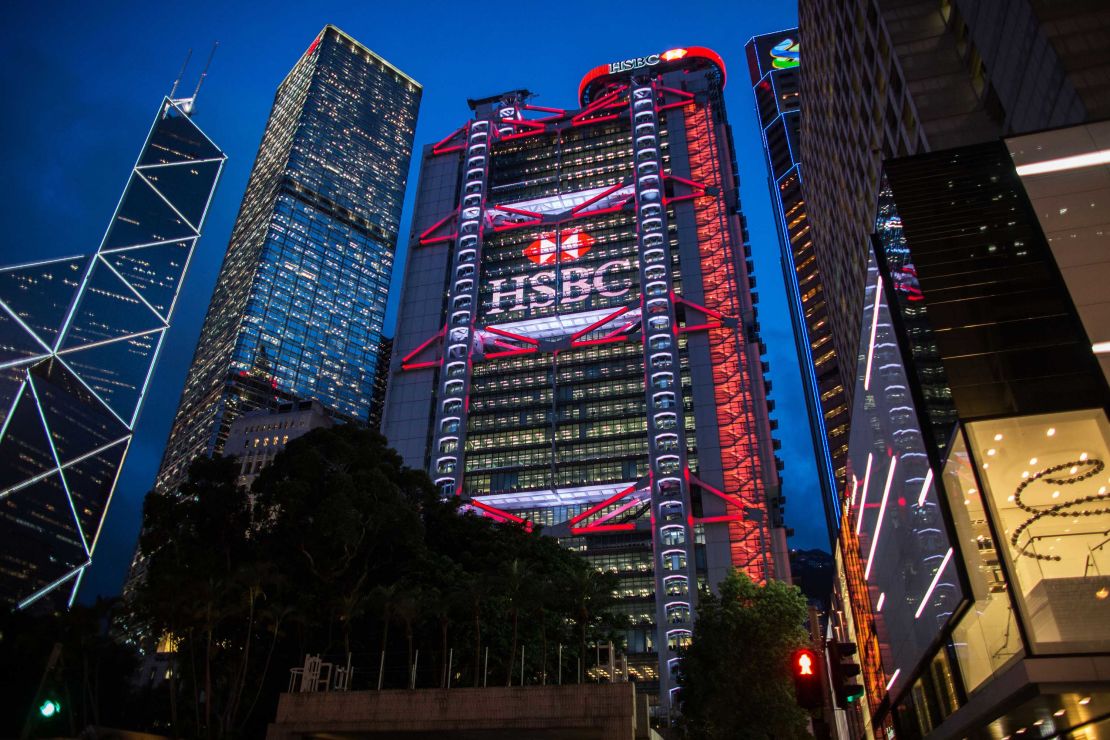
China in the 1980s was not the global power it is today. Prior to its later economic boom, this was already an exorbitant amount for the Chinese government-funded Bank of China to spend.
In addition, the HSBC building had been guaranteed in perpetuity an unobstructed view of Victoria Harbor, under the conditions by which the bank had turned the land it owned in front of the building over to the government. The Hong Kong government had promised HSBC that no tall buildings would ever be built in front of its headquarters.
In between the site of the Bank of China and the harbor, there were already a few buildings over 70 meters tall blocking views.
One flying advantage
Despite these challenges, I.M. Pei noted that “the site had one important advantage.”
“Because it was located just out of the airport flight path, the new building was not restricted by the height limit imposed on all buildings to the north,” he told German journalist Gero Von Boehm in an interview published in 2000. “A tall building would permit us to overlook some of the most prestigious buildings of Hong Kong, with a panoramic view of the harbor and Kowloon beyond.”
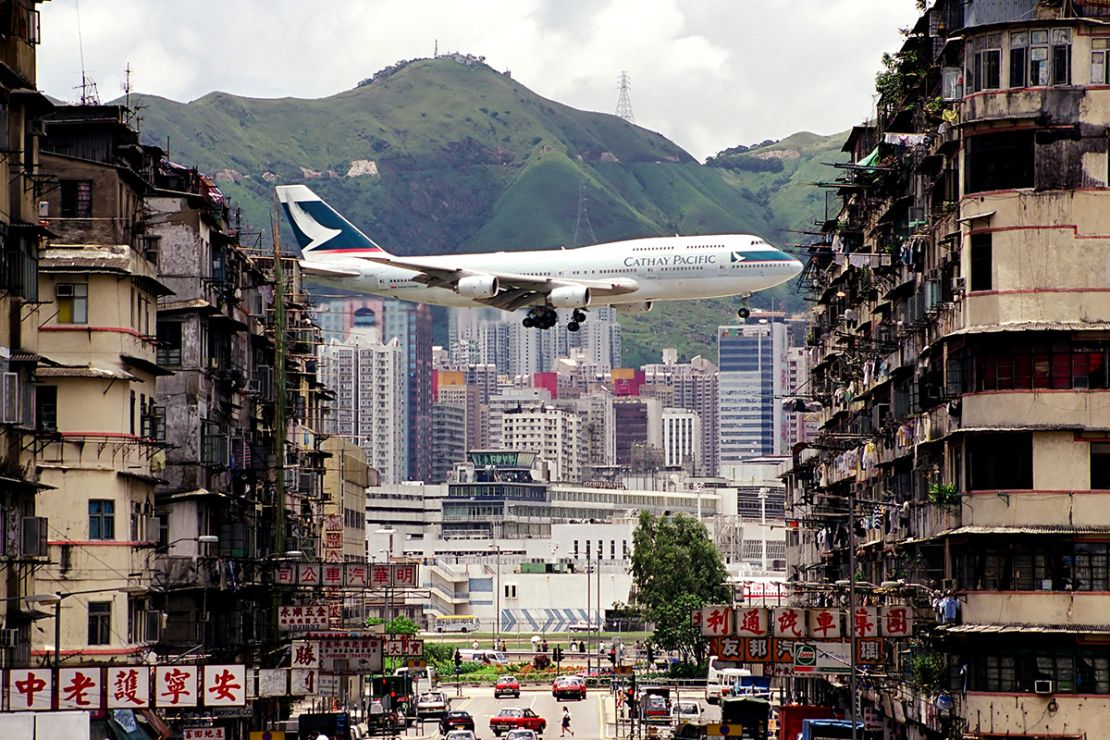
Recognizing that going tall was the only way to create a landmark at this site with his budget, Pei came up with an architectural tower design that was deceptively simple, expressive, innovative, and upon its completion, the tallest building outside of America and the fourth tallest in the world.
Instantly iconic
The instantly iconic Bank of China Tower was a stunning feat considering the constrained site, limited budget, and the unusually high structural demands of building a skyscraper in Hong Kong. Due to the region’s frequent typhoons, the wind load requirement was more than double that necessary for New York City and the “Windy City” of Chicago – 4.3 kilopascals for buildings of a height of more than 300m in 1983.
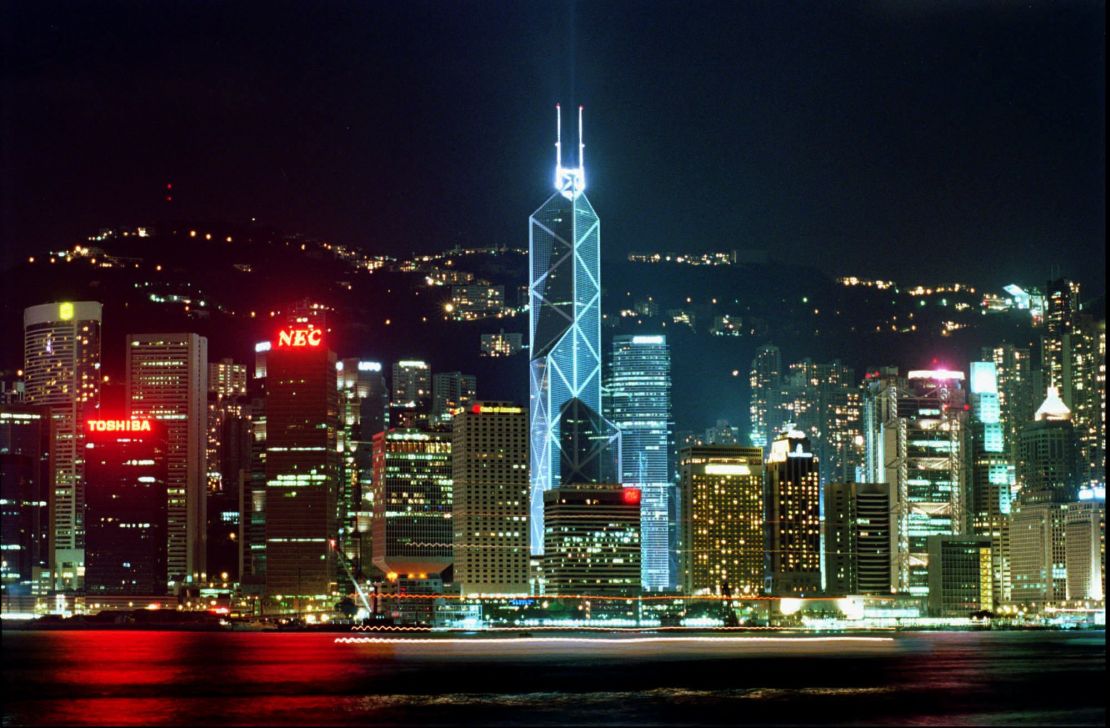
To use as much of the small site as possible, Pei divided the square plan with two diagonals, ending up with four triangular quadrants. To create the tapered tower, Pei shifted the four triangular sections so that each section reached a different height in sequence, ending with one single triangular shaft to mark the top section.
His intuition that the triangular sections would make good structural sense was verified by Leslie Robertson, his long-term collaborator who would later become the lead structural engineer on the Twin Towers of the World Trade Center in New York.
Robertson created structural details that gave the appearance of simplicity. His innovative “mega-structure” design was comprised of vertical columns, diagonal bracing, and horizontal stiffening plates, with unique joints to allow these components to work together as a singular three-dimensional system. This provided maximum structural and economic efficiency.
As a result, the tower would end up using less than half the steel of a typical Hong Kong tall building.
Feng shui forces
The initial design caused an unexpected storm of controversy. The most vocal critics of the building were, and remain today, the city’s feng shui masters. For neither I.M. Pei nor his client the Bank of China considered the Chinese philosophical system of harmonizing with the surrounding environment prior to or during the building’s design.
The seemingly sharp corners of the triangular vertical volume were described by the feng shui masters as akin to knife blades aiming at the building’s neighbors, namely the Government House, the Prince of Wales Barracks, and the HSBC tower. To this day, the building is still referred to by some as the “Vertical Knife.”
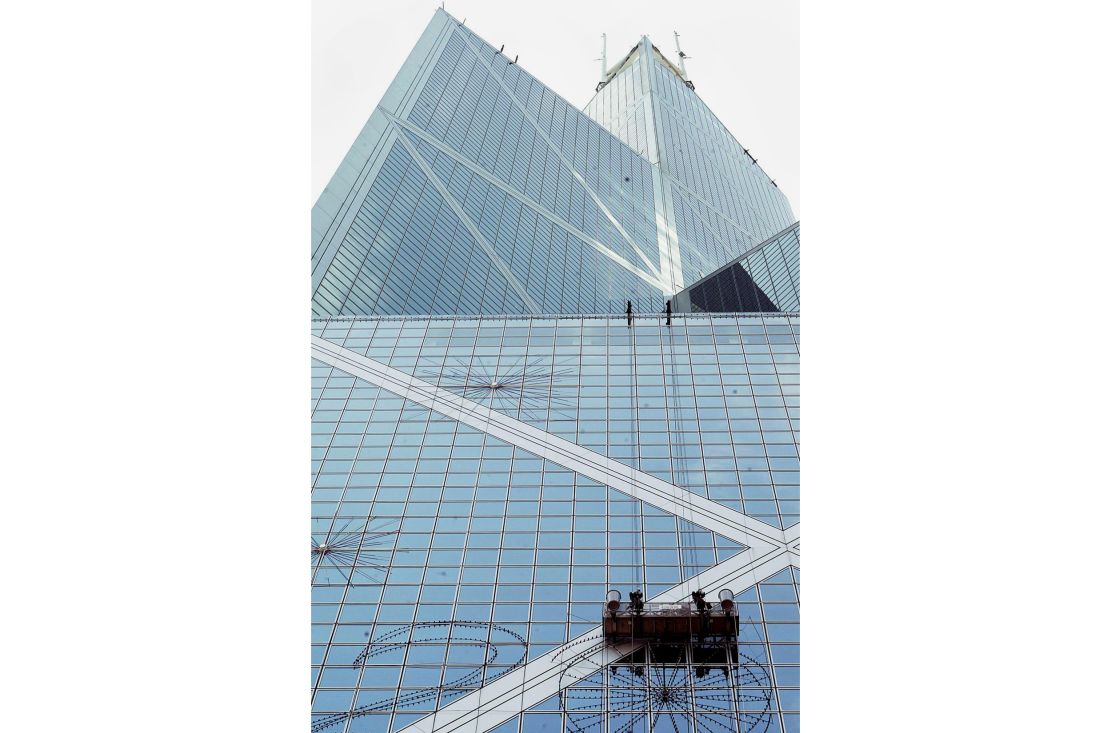
However, the most severe of the criticism was on the cross-bracing on the tower’s façade. Traditionally, in Chinese culture, an “X” was used to cross out the name of someone who is to be executed, creating an association of that symbol with death. The building’s design was seen as a curse on the city of Hong Kong and its people.
Pei had not intended to offend public sentimentality, and after a consultation with Robertson, a decision was made for the horizontal members of the building’s structural system to be invisible to the naked eye. Only the vertical and diagonal structural members could be clearly read on the building’s glass façade. This way, the diagonals of the cross-bracing connected vertically and created large diamond shapes on the glass façade.
But when it came to the sharp corners that created the visual illusion of the tower being paper thin up in the sky, the architects stood their ground.
‘The most innovative skyscraper ever’
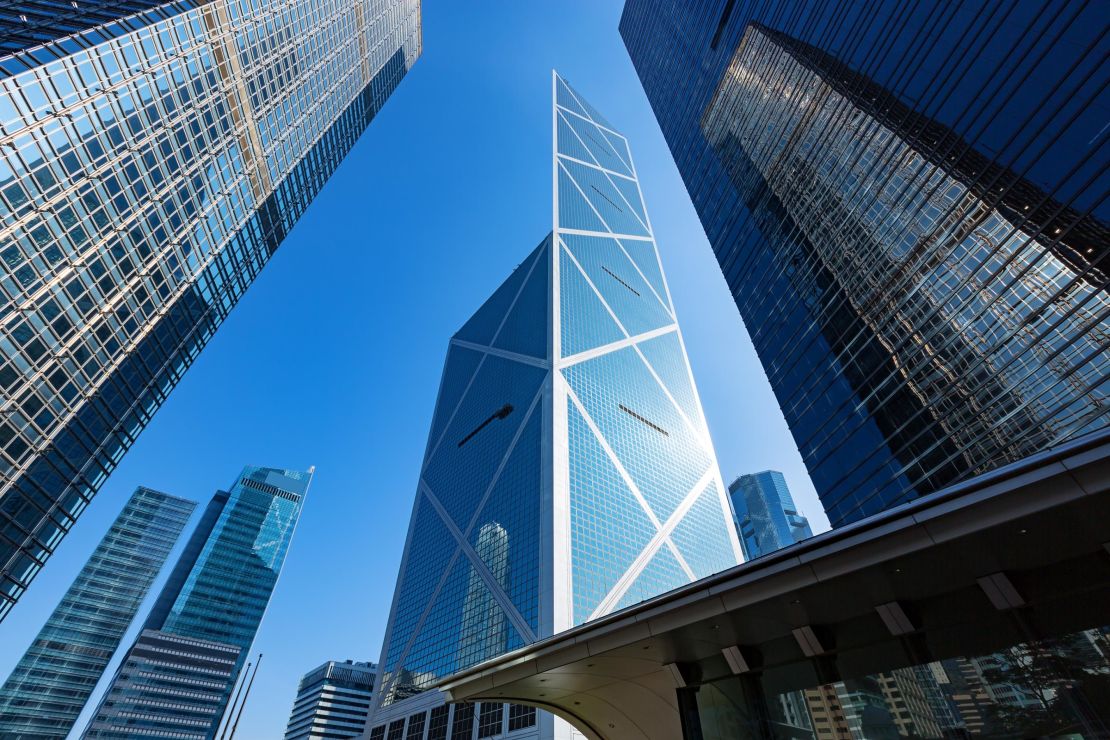
After the Bank of China officially moved into the tower in 1991, noted architect and critic Peter Blake visited the building and declared it to be “probably the most innovative skyscraper structure built anywhere to date.”
“It is, in the view of many who have seen it, the finest Modern skyscraper since Mies van der Rohe’s Seagram Building was completed over 30 years ago,” he wrote in the “Architectural Record.”
Nearly 30 years after the building’s construction, the Bank of China Tower continues to offer valuable lessons of architectural and structural ingenuity under tremendous constraints. Most importantly, the tower has become one of the most important cultural icons for the city of Hong Kong.






















